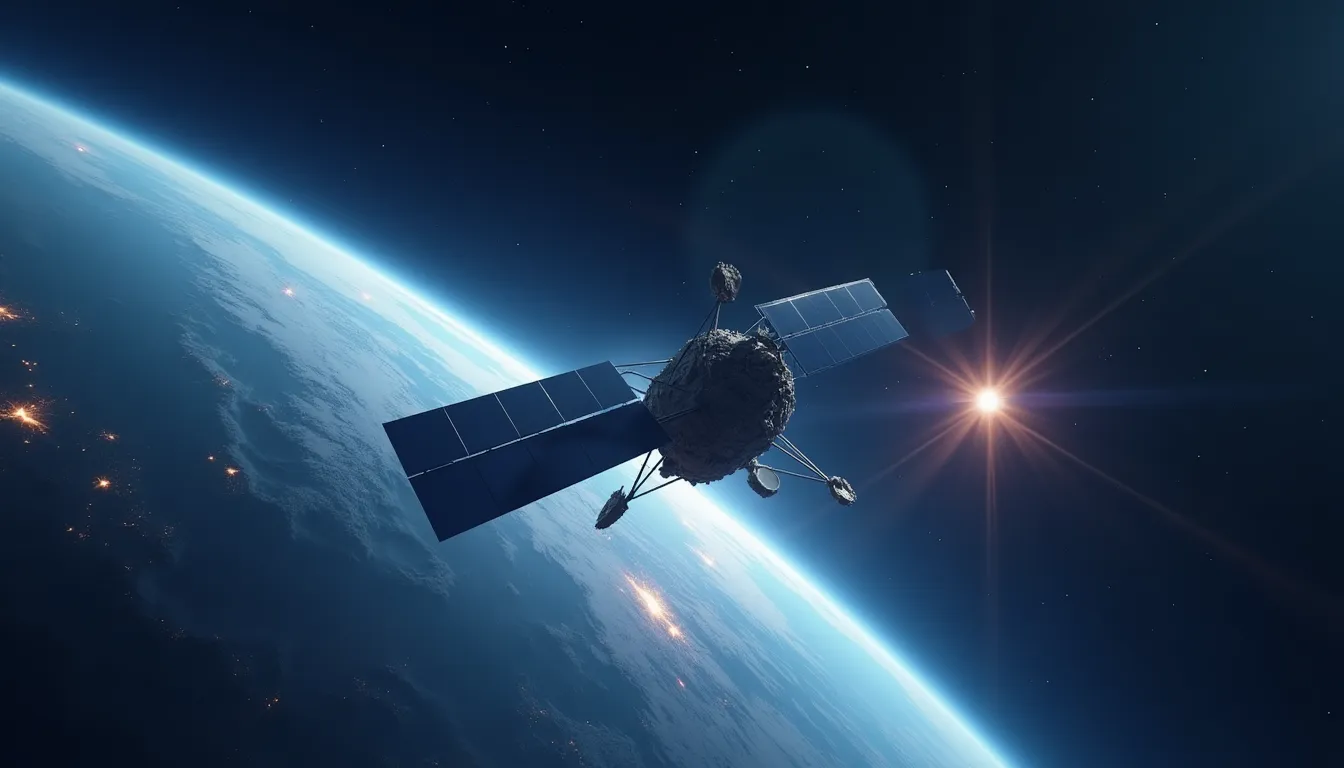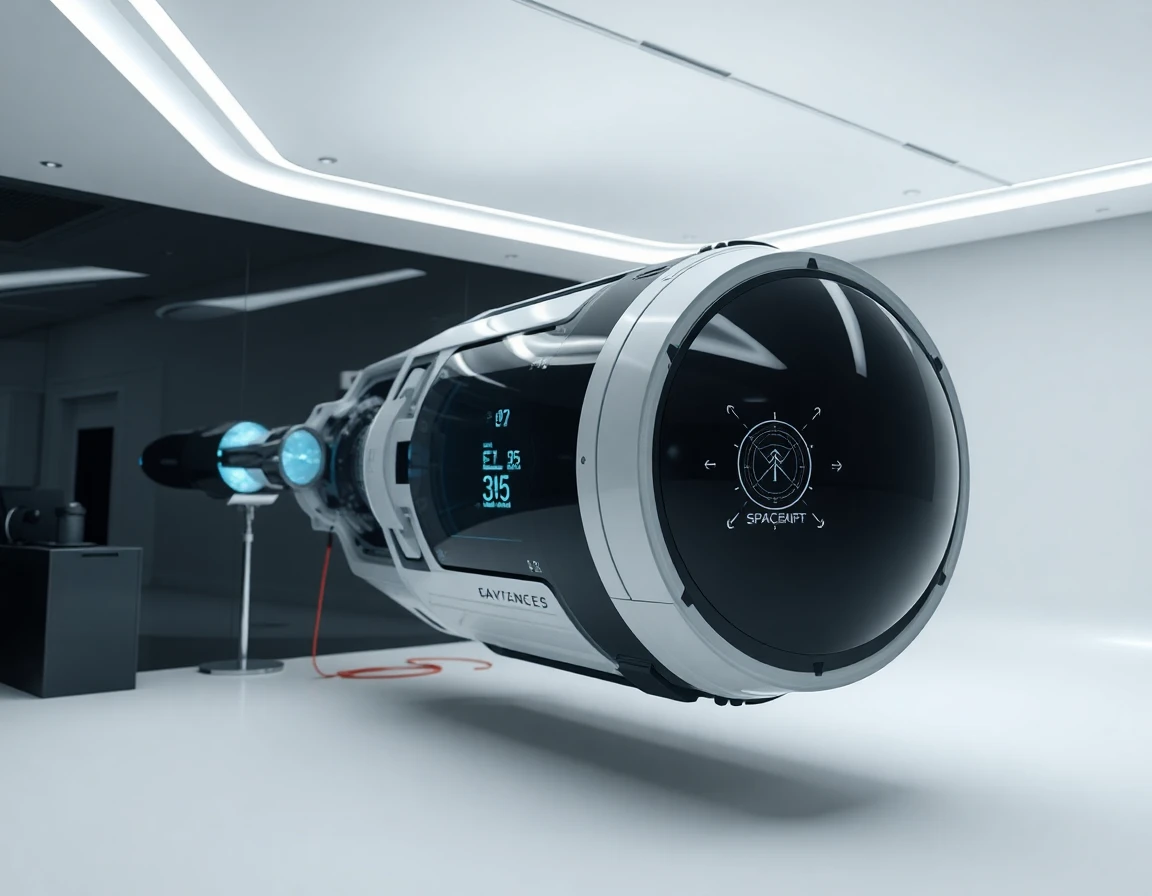As the aerospace and defense sectors continue to evolve, the role of satellites has never been more critical. From enhancing global communication to monitoring environmental changes, recent developments in satellite technology highlight significant advancements in both operational capabilities and innovative solutions for space sustainability. This article explores the latest news, focusing on SpaceX’s Starlink constellation, NASA’s NISAR satellite, and emerging technologies in space infrastructure.
SpaceX’s Starlink: Transforming Global Connectivity
On September 5, 2025, SpaceX achieved a remarkable milestone by launching 28 Starlink satellites aboard a Falcon 9 rocket from Kennedy Space Center. This mission marked the 500th successful landing of an orbital-class Falcon 9 booster, a feat that underscores SpaceX’s commitment to rocket reusability and cost-effective satellite deployment. Since its inception, SpaceX has launched over 8,000 Starlink satellites, with more than 4,500 currently active in orbit, providing internet access to millions, particularly in remote and maritime locations.
The rapid pace of deployment, averaging more than one launch per day in 2025, has been facilitated by the reusable Falcon 9 rockets. Each rocket can now be refurbished and reused multiple times, significantly lowering launch costs and accelerating deployment timelines. As SpaceX aims to expand its constellation to around 12,000 satellites, the company is poised to redefine global broadband coverage, making it the largest satellite network in history.
“The efficiency of our reusable technology is changing the economics of satellite launches, enabling us to connect the unconnected around the globe,” said a SpaceX spokesperson following the recent launch.
NASA’s NISAR: Advancements in Earth Observation
NASA’s NISAR (NASA-ISRO Synthetic Aperture Radar) satellite is currently in its commissioning phase, following its successful launch in mid-2025. A key technical achievement was the deployment of its impressive 39-foot (12-meter) radar antenna reflector on August 15, 2025. This state-of-the-art antenna utilizes dual-frequency radar (L-band and S-band) to penetrate clouds and forest canopies, allowing for detailed, centimeter-level mapping of Earth’s surface.
The NISAR satellite’s capabilities are expected to revolutionize our understanding of ecosystem disturbances, natural hazards, and groundwater changes. Furthermore, all data generated by NISAR will be made publicly available, fostering a collaborative approach to environmental monitoring and research.
Innovations in Space Infrastructure and Debris Mitigation
As the number of satellites in orbit increases, the issue of space debris has become a pressing concern. Innovative companies are stepping up to address this challenge. Rendezvous Robotics recently announced a $3 million funding round to develop reconfigurable space infrastructure using autonomous docking and self-correction technologies. Their prototypes, which have been tested on Blue Origin’s New Shepard and the International Space Station (ISS), aim to facilitate modular assembly in orbit. Future demonstrations planned for 2026-2027 will focus on constructing satellite structures, such as antenna apertures, directly in space.
In addition, TransAstra Corporation is testing an innovative inflatable Capture Bag system designed for orbital debris removal aboard the ISS. This technology can effectively capture various sizes of tumbling debris, addressing the growing risk that space junk poses to operational satellites and spacecraft. The microgravity conditions aboard the ISS play a crucial role in validating the effectiveness of the Capture Bag.
These advancements reflect a broader industry trend towards sustainable space operations, emphasizing the importance of advanced satellite servicing and debris mitigation technologies.
Conclusion
The landscape of satellite technology is rapidly evolving, driven by significant milestones achieved by companies like SpaceX and NASA, as well as innovative solutions addressing the challenges of space debris. As we look ahead, the continued advancements in satellite technology promise to enhance global connectivity, improve our understanding of Earth, and ensure the sustainability of space operations. With ongoing developments in high-precision systems such as MEMS accelerometers and fiber optic sensing coils, the future of aerospace and defense is set to be more interconnected and responsive than ever before. The integration of these advanced technologies will undoubtedly play a pivotal role in shaping the next generation of satellite capabilities and applications.
References
-
The Earth Observer Editor’s Corner: July–September 2025 (science.nasa.gov) - 9/10/2025 NISAR will use two different radar frequencies (L-band SAR and S-band SAR) to penetrate clouds and forest canopies. Including L-band and S-band …
-
Rendezvous Robotics exits stealth with $3M to build … (techcrunch.com) - 9/10/2025 Rendezvous Robotics exits stealth with $3M to build reconfigurable space infrastructure. Aria Alamalhodaei. 6:00 AM PDT · September 10, 2025.
-
Bagging Space Junk: TransAstra’s Inflatable Tech (issnationallab.org) - 9/10/2025 Startup to leverage the ISS National Lab to test innovative space debris removal system. September 10, 2025. KENNEDY SPACE CENTER (FL), …
-
Cable Cuts, Crackdowns & Satellite Surges: Global Internet … (ts2.tech) - 9/8/2025 Cable Cuts, Crackdowns & Satellite Surges: Global Internet Access Upheavals (7–8 Sept 2025) … Billion-Dollar “Eyes in the Sky”: Inside AWACS Tech, Costs, and the Global Airborne Radar Race 11 September 2025.
-
SpaceX Soars, Google Pays Billions, and More (ts2.tech) - 9/6/2025 SpaceX Soars, Google Pays Billions, and More: Tech Bombshells of Sept 5–6, 2025 - TS2 Space.



